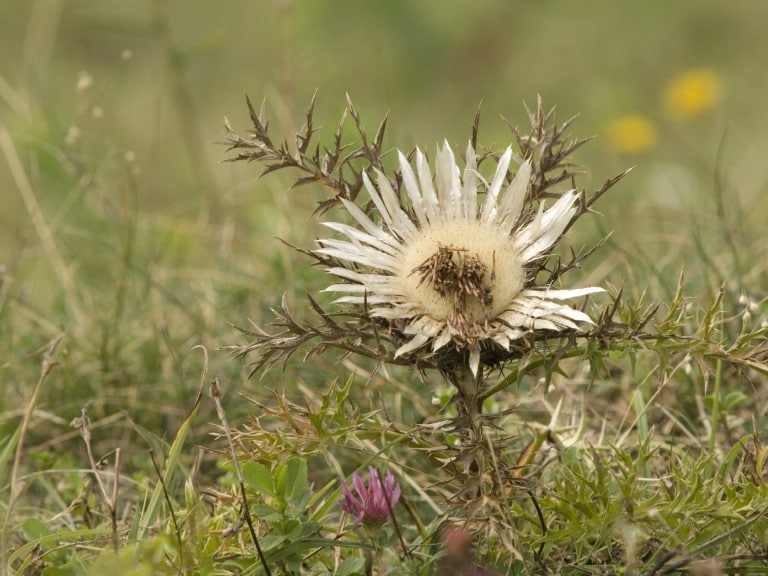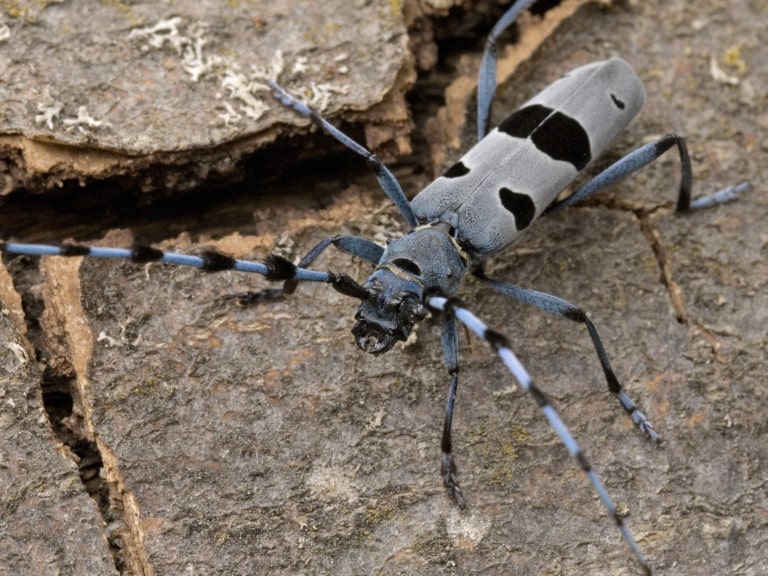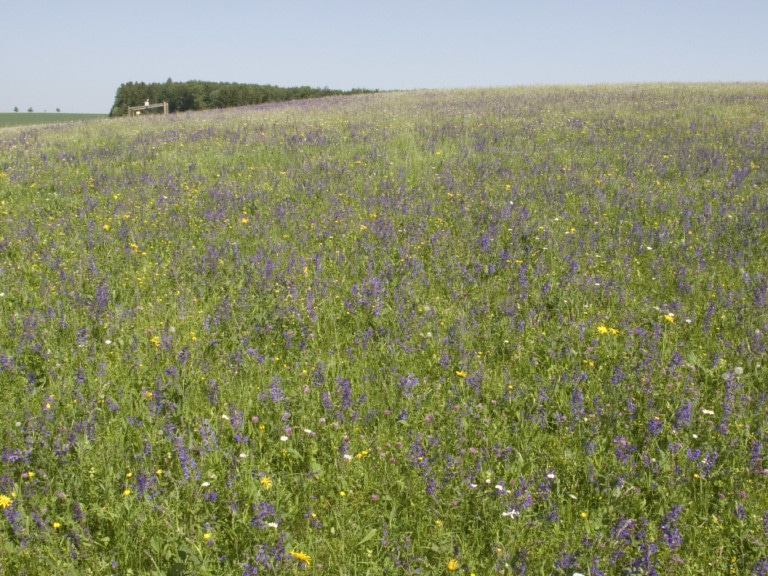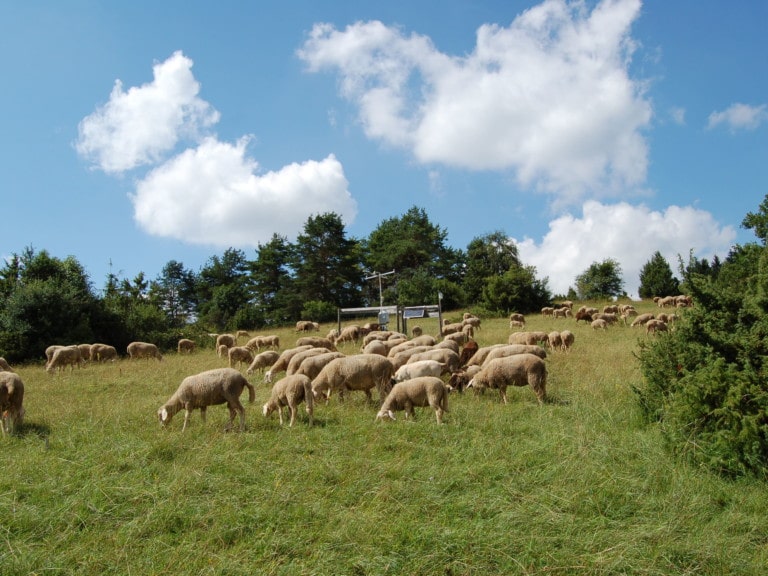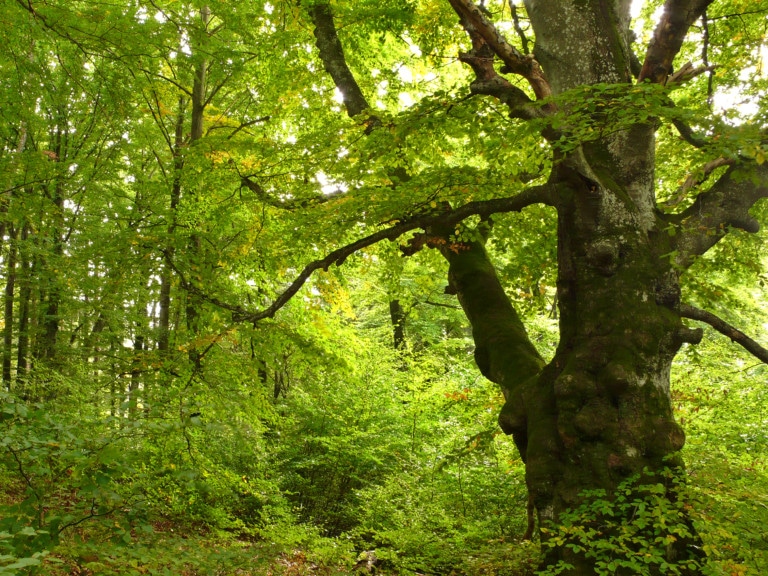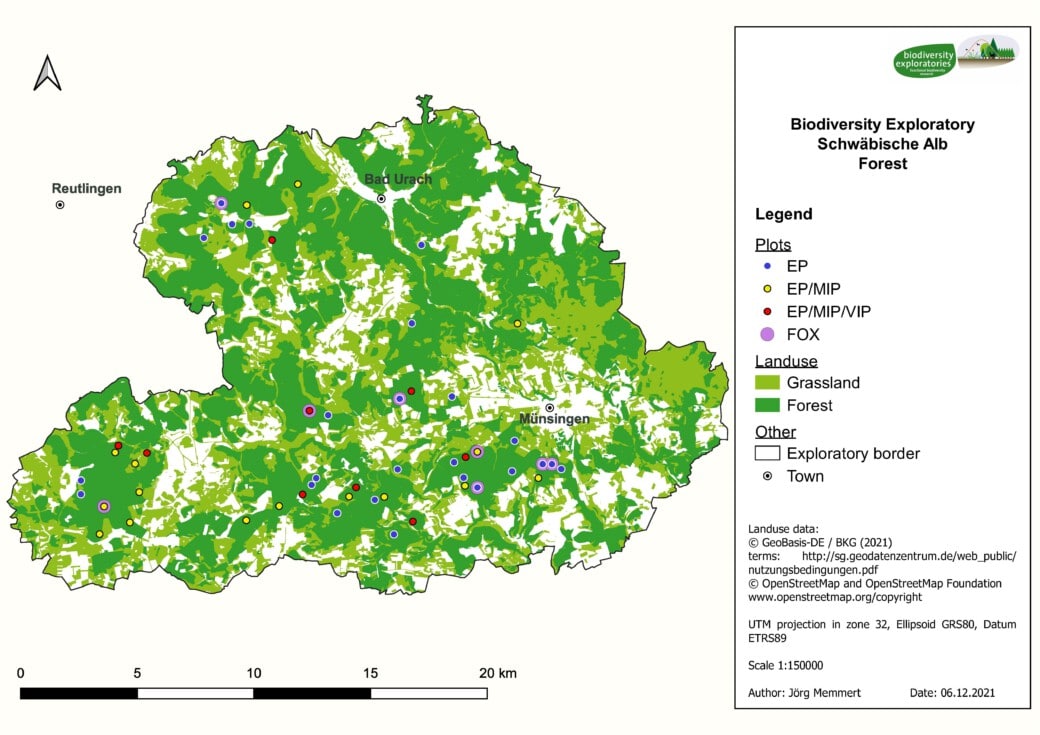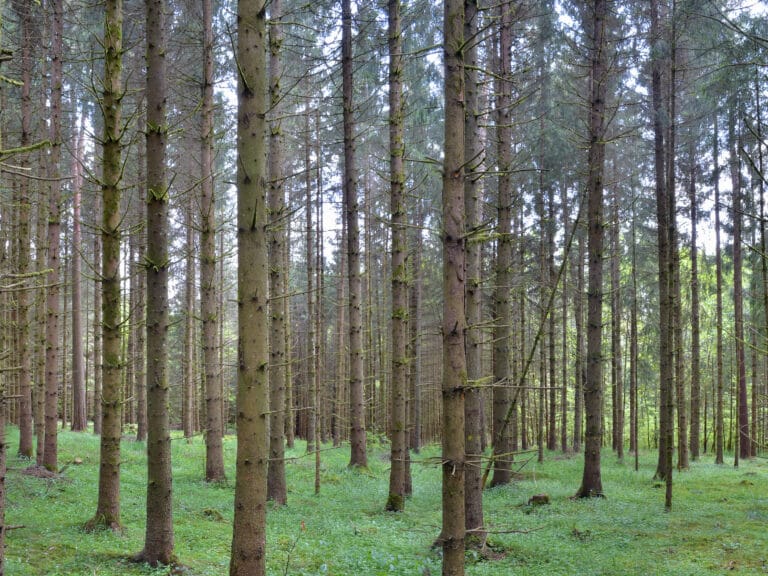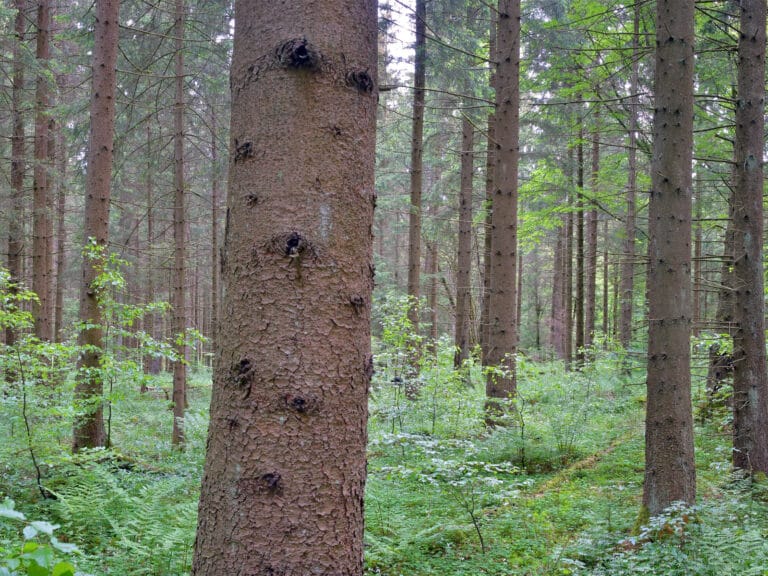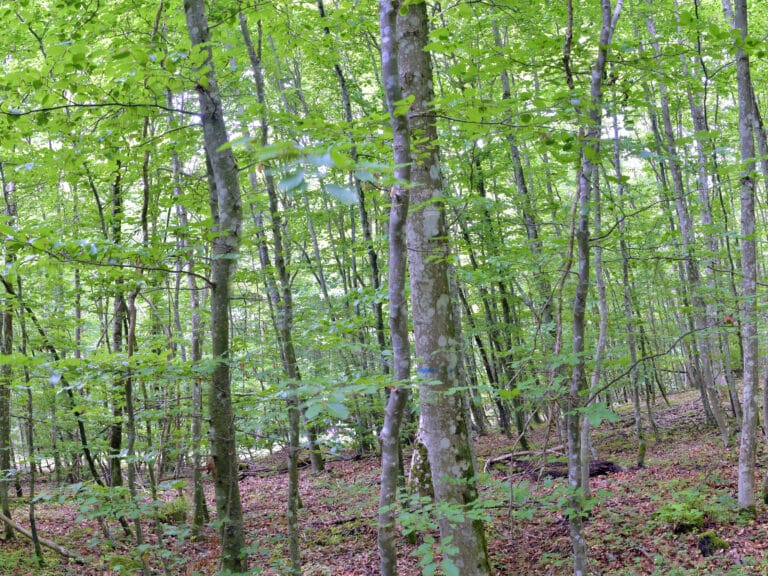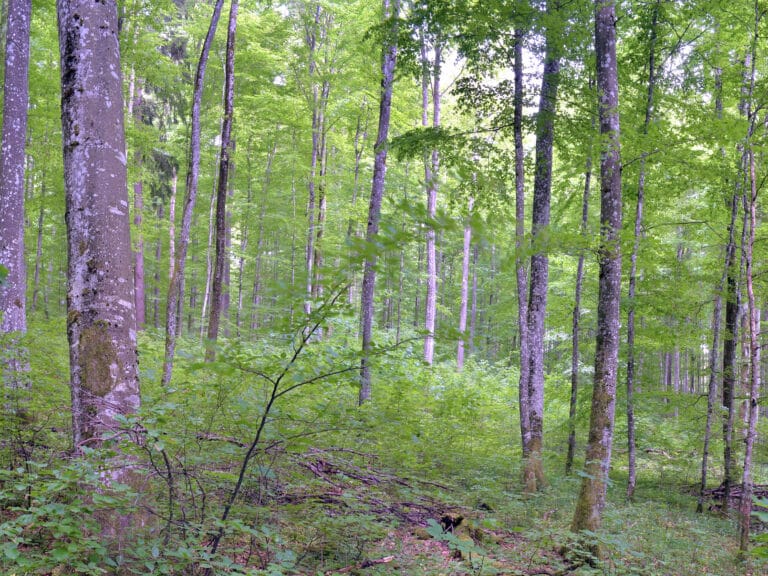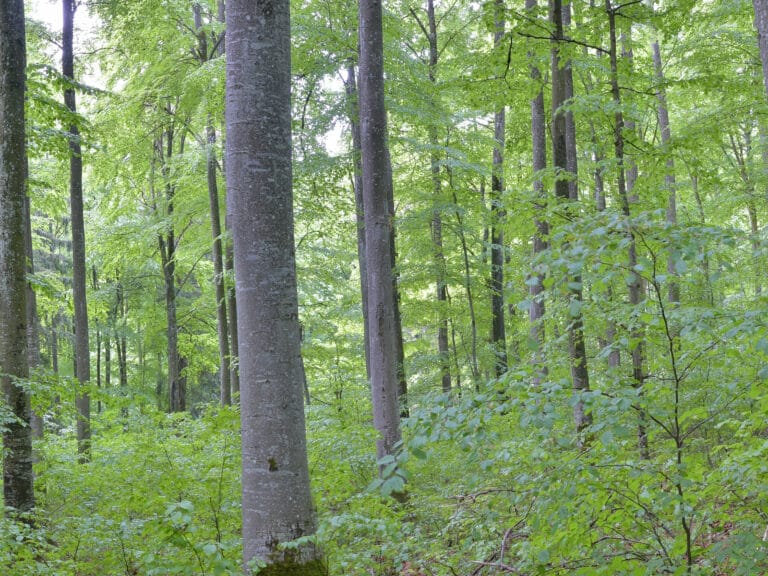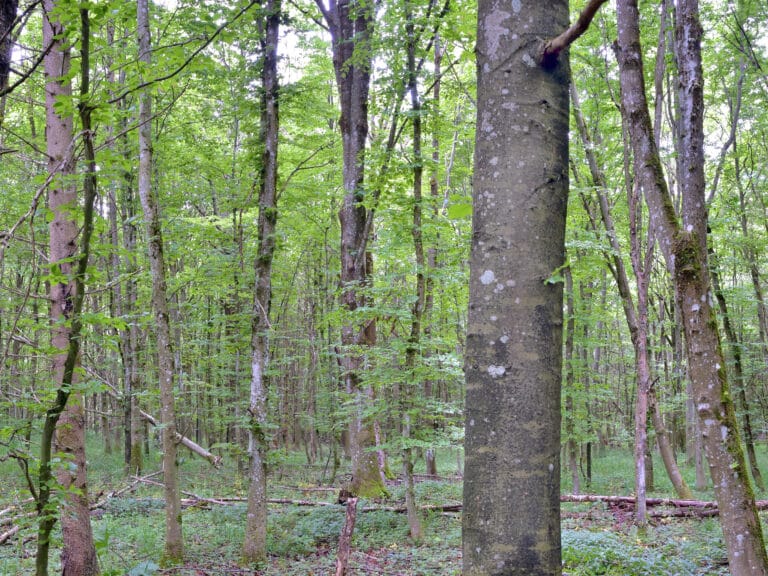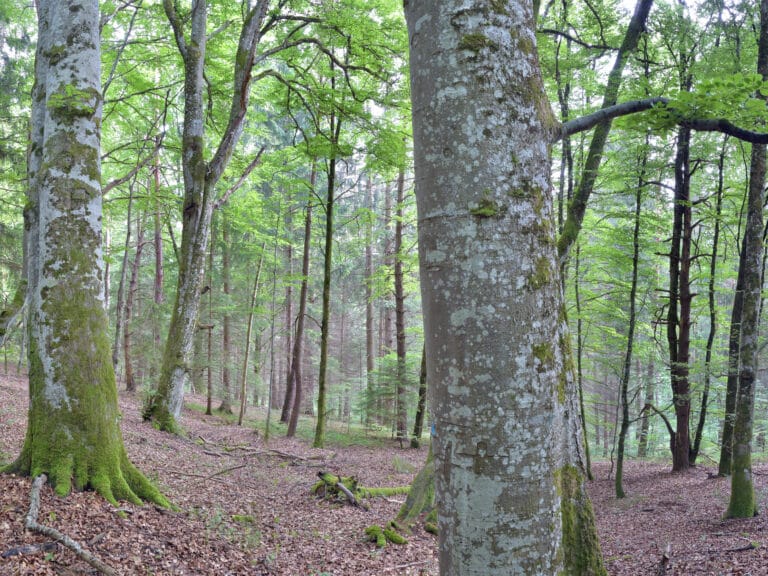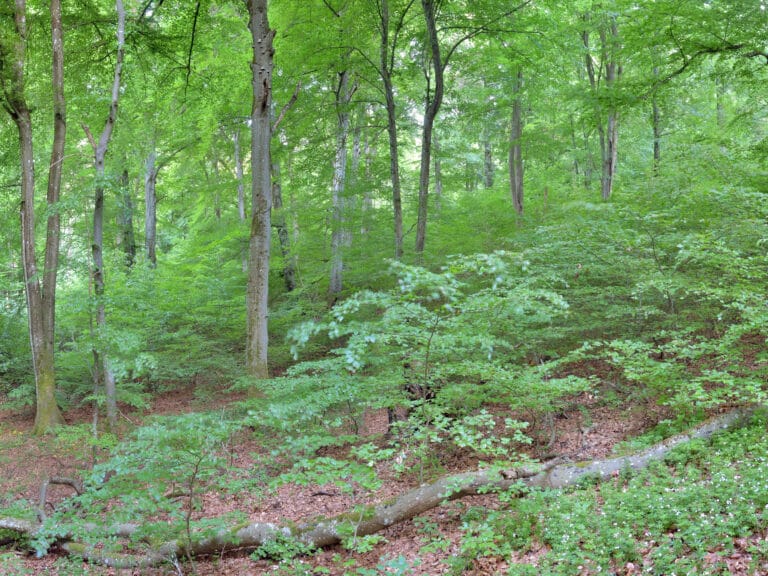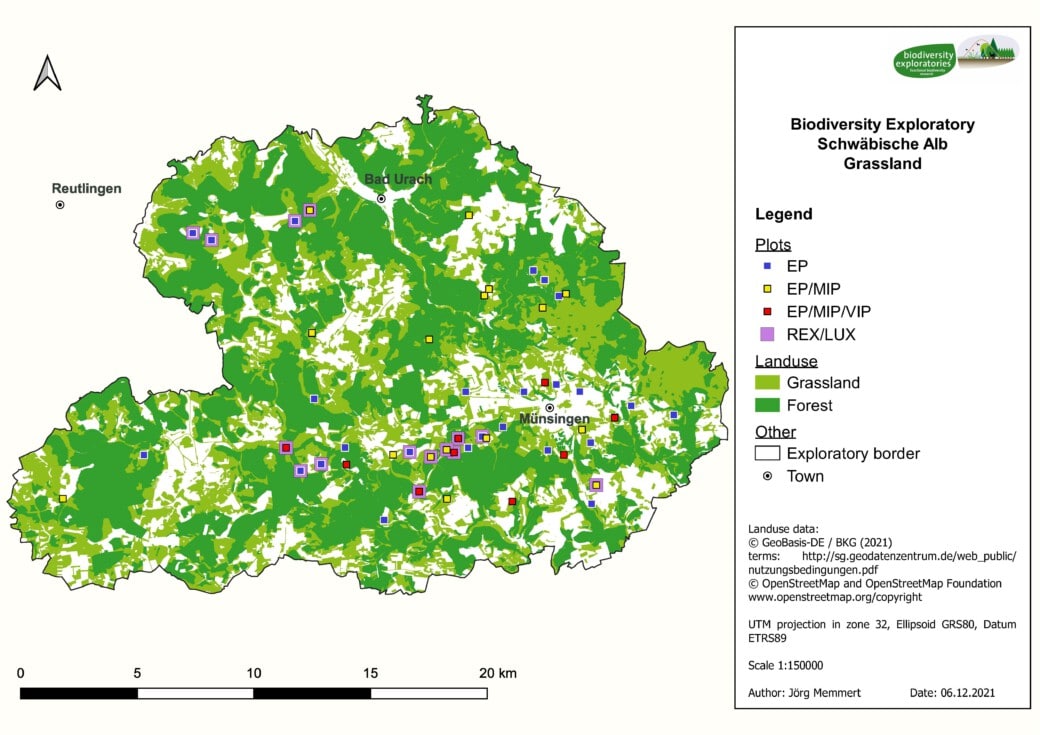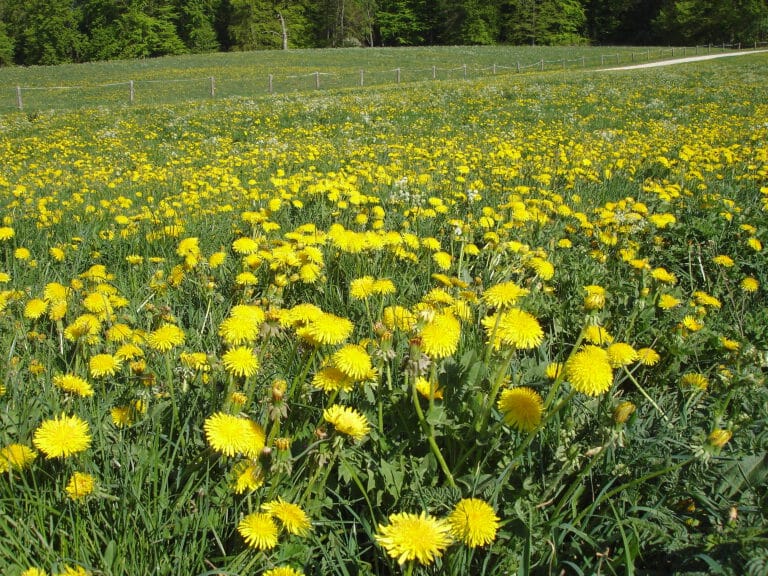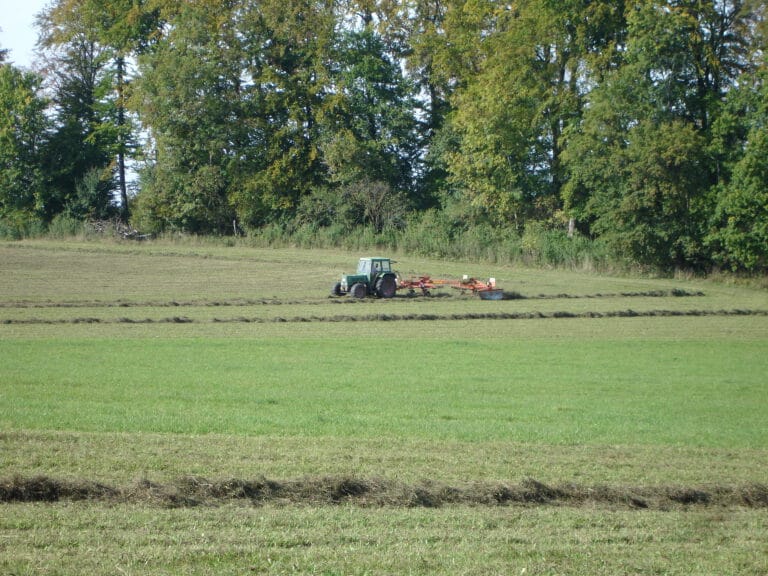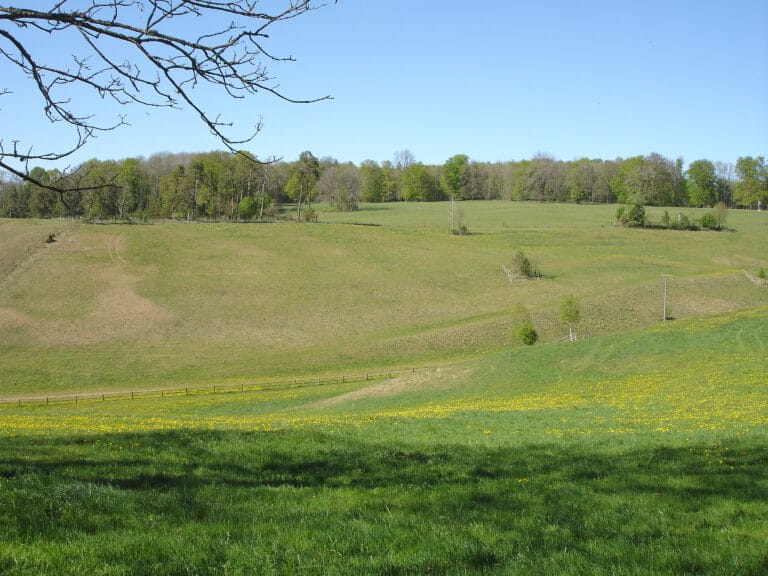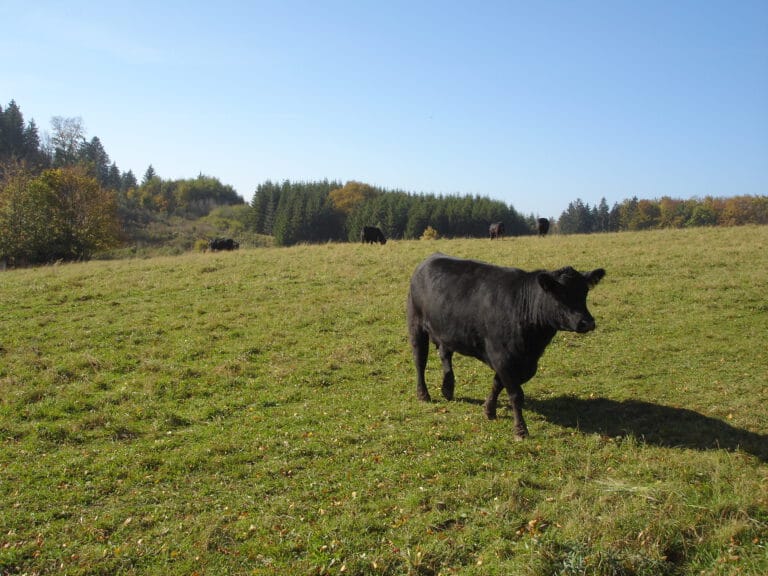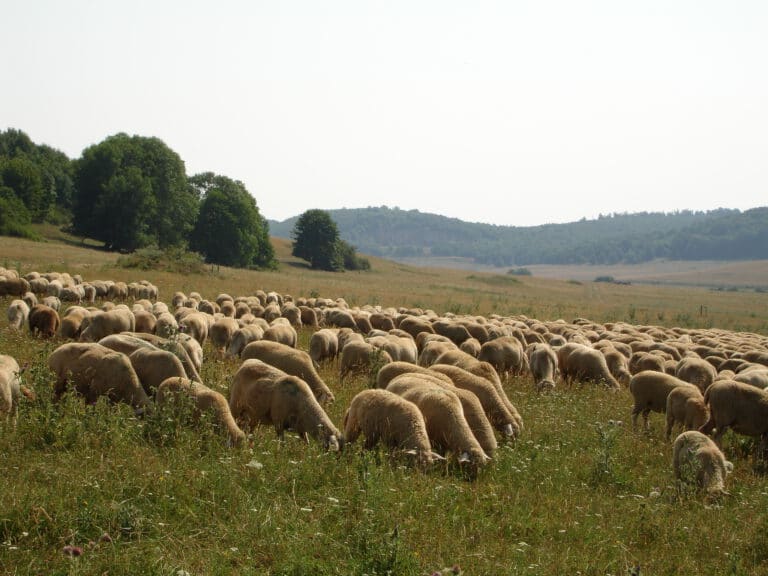Schwäbische Alb
Exploratory
The Schwäbische Alb Exploratory is located in southwestern Germany. The area is characterised by limestone-rich mountain ranges stretching from the Frankish Alb in the northeast to the French and Swiss Jura. The exploratory extends across the Schwäbische Alb Biosphere Reserve into the surrounding rural regions. The landscape is defined by the small-scale alternation between wooded areas and open land. This results on the one hand from the natural conditions and on the other from the socio-historical peculiarity of the division of inheritance.
The Schwäbische Alb is a low mountain range in southern Germany with foothills in Switzerland. The steeply sloping Albtrauf in the northwest separates the Alb plateau from the Alb foreland. In 2008, an 850 km² biosphere reserve was established, covering large parts of the central Schwäbische Alb and its foreland. The Schwäbische Alb Exploratory is located in this area and in the adjacent rural regions. It is located between Ulm and Tübingen in the district of Reutlingen in Baden-Württemberg.
| Area | ~ 422 km² |
| Annual precipitation sum | 700–1.000 mm |
| Elevation | 460–860 m |
| Typical plant species | Silver Carline thistle |
| Dominant forest type | Beech forests, mixed beech forests, spruce forests |
| Characteristic management types | Migratory sheep farming |
| Specific information | Some plots are located on the former military training area - this was largely spared from settlements, road construction, land consolidation and intensive economic use due to military use. |
Landscape
Characteristic of the Schwäbische Alb is a small-scale landscape and the alternation of forests and grasslands.
The forest types range from natural old beech forests, to beech forests with a high proportion of mixture with spruce, to intensively managed beech or spruce monocultures. All these forest types show an age spectrum from young afforestation to trees more than a hundred years old. A special feature of the Schwäbische Alb are the mixed ravine and slope forests, which are particularly rich in species and structure. The centuries-long tradition of sheep grazing also gave rise to park-like forests, the Hutewälder (a name derived from the word “to herd”).
The grasslands vary from extensively used sheep pastures and semi-arid grasslands to unfertilised or little-treated meadows and intensive grasslands that are fertilised and mown several times. Characteristic for the Schwäbische Alb are also orchards and meadows with hedges and field copses as well as ecologically valuable juniper heaths extensively grazed by sheep.
The core of the biosphere reserve is the former military training area Münsingen, which covers about 67 km². It has been used as a training area since 1895 and has therefore remained almost untouched by the intensification of agriculture. In 2005, military use was discontinued and the area became part of the Schwäbische Alb Biosphere Reserve.
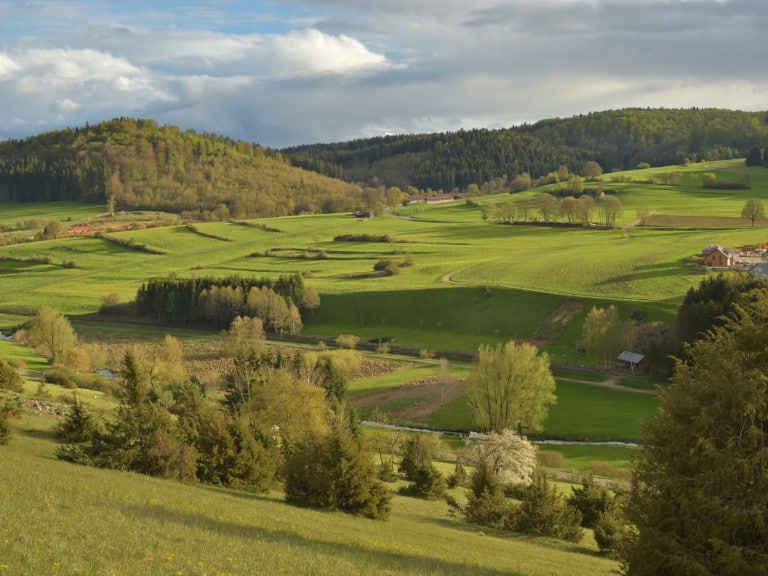
Geology
In the Schwäbische Alb Exploratory, soil development is strongly influenced by the relief. The solum thickness here is significantly lower than in the other two exploratories. Common soil types are loamy and silty clays. Characteristic of the soils of the Schwäbische Alb is their high skeletal content. Rendzines or brown earth rendzines, which dry out strongly in summer, are often found in the hilltop areas. In deeper areas of the Alb, the development depth of the soils increases. The pH values of the soil above the limestone horizon are in the strongly acidic range. In the subsoil, i.e. the horizon with limestone, the pH value rises significantly to the very slightly alkaline range. Due to the high slope inclination, in regions with little vegetation cover, the terrain higher up is washed away, so that colluvisols form at the foot of slopes, in depressions and small valleys or on slopes and edges of slopes. These are soils made of displaced, humus-rich soil material.
With the help of inventories, 100 so-called experimental plots (EP) were selected from 1.000 plots per exploratory (50 in forest and 50 in grassland) and permanently marked. These 100 plots cover the largest possible spectrum of land use intensities in the region, but differ as little as possible in other variables such as soil type. In the forest, these experimental plots have a size of 100 x 100 m, in the grassland of 50 x 50 m. Each of the plots is equipped with a climate measuring station within a 3 x 3 m fenced area.
Depending on the effort and costs involved, experiments can be conducted not only on all 100 EPs, but also on subsets of 50 (so-called MIPs, plots of medium research intensity) or 18 (so-called VIPs, plots of high research intensity) study plots (For more information see research design).
Forest
At the Schwäbische Alb Exploratory, a relatively high proportion of the area (approx. 30 %) is covered with forest. The forest experimental plots of the exploratory are located in beech forests or in mixed beech forests (with a beech share of less than 70 %) as well as spruce stands of different age classes. Most of the stands are between 10 and over 150 years old. Some forests have not been managed for several decades and are designated as protected forests and core zones of the biosphere reserve. Special sites are mixed slope and ravine forests, pine succession areas and individual stands with grazing-forests (Hutewälder).
The experimental plots in forests (n = 50) cover the following forest land use types:
- Spruce, young timber
- Spruce, old timber
- Beech thicket
- Beech, pole wood
- Beech, young/old timber single-layered
- Beech, young/old timber multiple-layered
- Beech mixed forest (< 70 % beech), thicket/pole wood
- Beech mixed forest (< 70 % beech), young/old timber
- Beech, uneven aged, unmanaged forest
Grassland
The proportion of grassland in the Schwäbische Alb Exploratory is also relatively high, at around 30 % of the area. The grassland experimental plots include extensive sheep pastures on the former military training area, protected semi-arid grasslands and juniper heaths with extensive sheep grazing, horse and cattle pastures as well as meadows with 1 to 3 mowings per year and fertilisation of varying intensity. Other sites are orchard meadows, grasslands with field copses and wet meadows.
The experimental plots in grasslands (n = 50) cover the following land use types:
- Meadows, fertilised
- Meadows, unfertilised
- Mown pastures, fertilised
- Pastures, fertilised
- Pastures, unfertilised
The Exploratories cooperate with a large number of different institutions and persons, such as authorities, agencies and the owners and tenants of the study plots. For this we would like to say “thank you”.
Landowners, tenants, managers, forestry offices, nature conservation authorities and protected area managers allow us access to the study areas. This is crucial for the scientific success of the Biodiversity Exploratories. We therefore sincerely thank all persons and institutions for their good and long-standing cooperation. We are also enriched by the intensive and long-standing exchange of information between scientists from the Biodiversity Exploratories and representatives from agriculture, forestry and nature conservation. We therefore look forward to continuing this dialogue in the future.
For our partners in practice, we provide practice-relevant research results from the Biodiversity Exploratories on the page Praxis.Wissen (in German) briefly and in a generally understandable way.
Website of the protected area:
Biosphärengebiet Schwäbische Alb
Landowners/tenants grassland
- Haupt- und Landgestüt Marbach
- Bundesanstalt für Immobilienaufgaben – Bundesforst
- Familie Boßler
- Familie Brändle
- Familie Höfer
- Familie Goller
- Familie Rapp
- Familie Reutter
- Samariterstift Grafeneck
- Familie Schmelcher
- Familie Schmid
- Schäferei Stotz
- Schäferei von Mackensen
- Familie Weibler
- Familie Pfleiderer
- Familie Wagner
- Familie Röcker
- Familie Kurz
- Ruof
- Familie Rehm
- Familie Rommel
- Familie Muck
- Familie Striebel
- Familie Brunner
- Schwäbischer Albverein
Forest
- Forst Baden-Württemberg (ForstBW), Forstbezirk Mittlere Alb, Münsingen
- Landratsamt Reutlingen – Kreisforstamt
Authorities
- Regierungsprsäsidium Tübingen
- Landratsamt Reutlingen
- Landratsamt Reutlingen – Kreislandwirtschaftsamt Münsingen
- Kreisbauernverband Reutlingen
Municipalities

Local Management Team Schwäbische Alb
Office Biodiversity Exploratory Schwäbische Alb
Technical University of Darmstadt
Department of Biology
Office & field station Biodiversity Exploratory Schwäbische Alb
Biosphärenallee 3
72525 Münsingen
Contact:
explo.alb@BIO.tu-darmstadt.de
Phone: +49 (0) 731 502 2668
Phone field station: +49 (0) 7381 182 386
